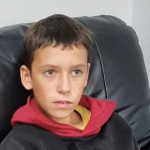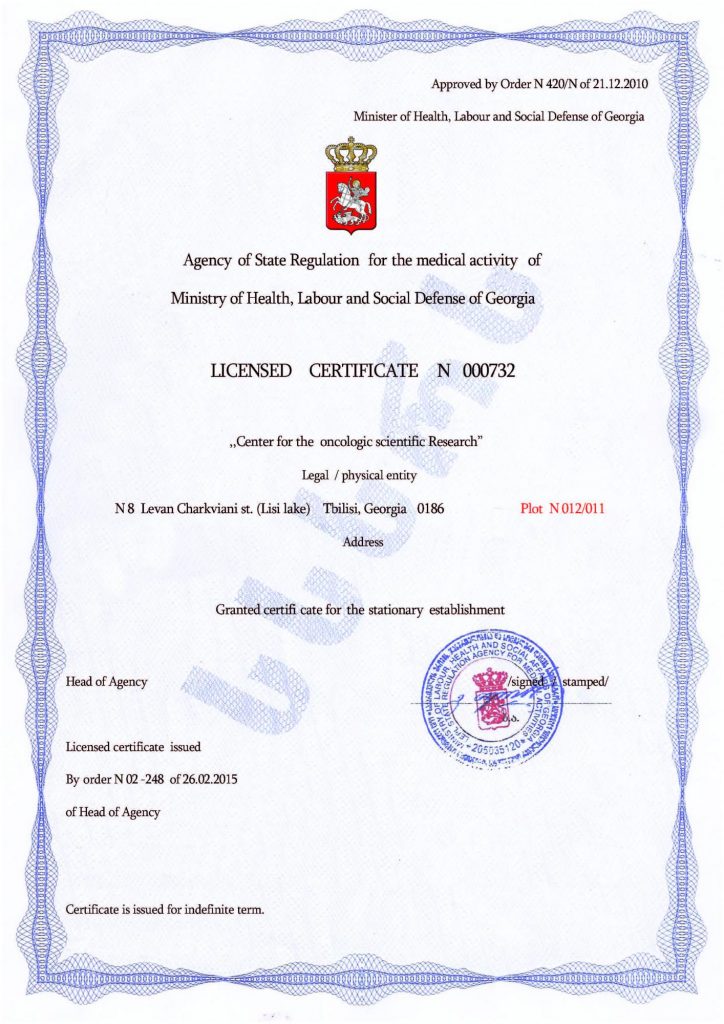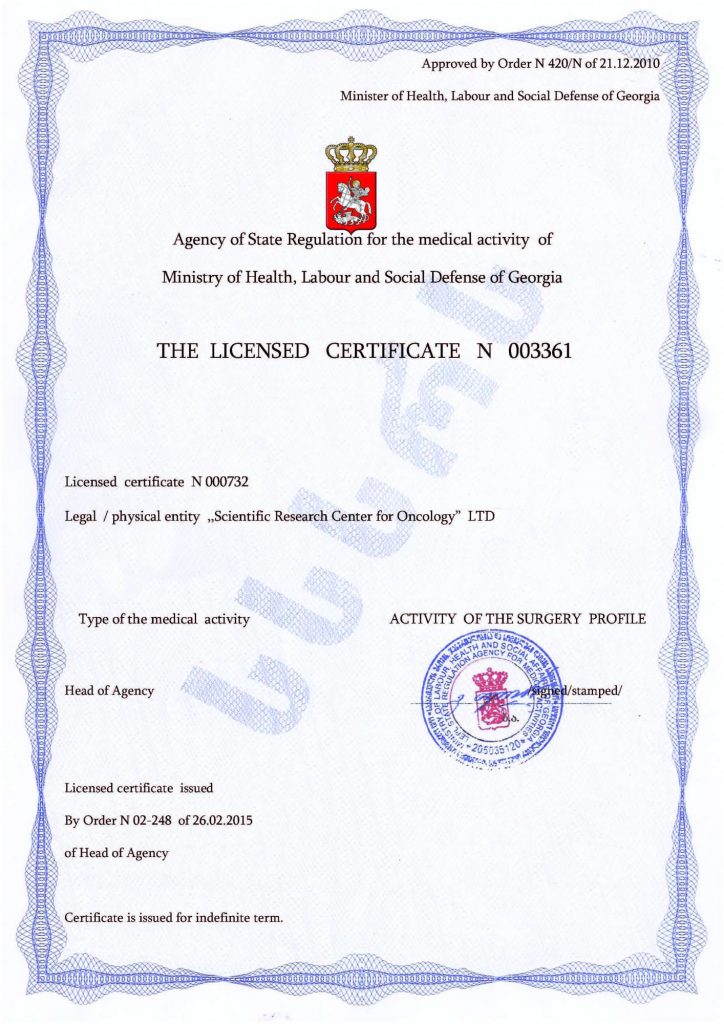How Can a Child with Autism Overcome Academic Delays?
Not all neurotypical children are able to succeed in mastering the school curriculum. Children with autism face even greater challenges — even if they don’t have intellectual developmental delays and have high intelligence, they are still forced to contend with additional problems during their education. These often include heightened anxiety, stress, and difficulty with personal communication, as well as extreme sensory reactions to stimuli such as bright lights or loud sounds. Therefore, overcoming academic delays in children with autism requires a comprehensive approach that considers the specific needs related to information processing, sensory requirements, and communication challenges.
- Individualizing the Educational Program
One of the key tasks is to personalize the educational program based on the child’s intellectual development. In this context, flexible learning formats should be applied — combining inclusive lessons in general classrooms with breaks in sensory reduction zones and individual lessons. Gradually, the time allocated to learning with other children should be increased. Initially, the child may require support from a special education teacher, but over time, they may be able to study independently. However, how quickly this transition happens depends on the child’s overall development, the presence or absence of complications, and many other individual factors.
- Using Adapted Teaching Methods
A crucial part of the learning process involves using teaching methods adapted to the needs of children with autism.
Visual support can take the form of:
- Creating schedules with pictograms and images, step-by-step instructions, and infographics, which reduce anxiety and improve time orientation.
- Using PECS (Picture Exchange Communication System) cards for non-verbal students.
Microlearning is also a promising method, where educational material is broken into small blocks that take 5-10 minutes to study, followed by a break. Some online platforms, such as iSmart, enable this type of learning, allowing children to complete short tasks and receive immediate feedback.
Behavioral analysis can also be implemented, introducing a reward system for completing tasks. In autism classrooms, this system is used not only to develop cognitive skills but also to correct undesirable behaviors.
- Adapting the Learning Process
Teachers should pay attention to the child’s strengths. If the child is interested in technology, it makes sense to use programming to teach mathematics. If the child loves music, it can be integrated into language learning.
To reduce sensory overload, consider:
- Using noise-canceling headphones,
- Allowing written responses (instead of verbal ones), and
- Creating “quiet” and “movement” zones in the classroom to reduce the number of stimuli perceived by the senses.
Given the tendency of children with autism to seek certainty and predictability, it’s important to follow a clear structure for lessons. This includes informing the child about transitions between activities 5 minutes in advance and allowing them to use a timer to track time.
- Improving Academic Performance through Communication and Social Skills Development
Improving communication and social skills also contributes to academic success:
- Dialogue skills can be practiced through social stories and role-playing exercises, such as how to ask the teacher a question and how to answer it.
- If the child has undeveloped language skills, alternative communication methods, such as sign language or communication apps with speech synthesis devices, may help.
- Socialization can be facilitated through inclusive interactions, such as working in pairs with neurotypical classmates during crafts or creative projects.
During this process, it’s important to avoid:
- Unrealistic expectations, as progress may be slow. It might take months before the child can better understand speech.
- Over-protection, as the educator’s support should become less active over time.
Thus, it’s clear that educating a child with autism is a long-term process that presents numerous challenges both for the teacher and the student. Speeding up and easing this process can be achieved by addressing the root cause of the child’s learning difficulties — the neurodevelopmental disorder itself — and its associated symptoms that affect all other aspects of daily life. The most effective way to achieve this progress in a short amount of time, with a higher likelihood of a positive outcome, is through cellular therapy — an innovative intervention technology that relies on the body’s natural regenerative abilities. This makes it the most natural and effective method compared to traditional approaches.
The procedure involves stem cell transplantation. This method is entirely safe and almost has no contraindications, as the biomaterial used is derived from the patient’s own body. This ensures the immune system doesn’t react to it, preventing rejection.
A unique feature of stem cells is their ability to transform into any type of cell and replace damaged cells with healthy ones. As a result, brain and nervous system activity gradually normalizes, behavior stabilizes, overall development accelerates, specific functions improve, and autism symptoms decrease — often disappearing altogether. These positive changes can be noticed soon and typically last for many years, with many cases resulting in lifelong improvement, thereby enhancing the effectiveness of other corrective measures.
Cellular therapy, though relatively new, has already received widespread recognition and may become the primary method for combating autism and its symptoms. Leading clinics around the world, including the Mardaleishvili Medical Center, offer this therapy. Their doctors are highly qualified and have extensive experience with stem cell transplantation, using the most modern equipment to ensure the most positive therapeutic outcomes. The center’s services meet the highest standards of quality and are more affordable than in other countries with developed healthcare systems. An additional advantage is the comprehensive assistance provided for trip planning and resolving other issues, including accommodations during the rehabilitation period.
Cellular therapy is the fastest and most reliable way to overcome autism!
Autism Treatment Center Videos
Autism treatment with own stem cells
Cord blood association congress
International Quality Crown
Autism Treatment Reviews
Autism treatment with own stem cells
The story of Alessandro (6 years old)
Autism Patient Testimonial - Stem Cell Treatment
Clients Testimonials

Review by Anastasia, mother of Yusup (8 years old) Read More

Feedback from Nathalie, mother of Andre (9 years old) Read More

Feedback from Yulia, mother of Emily (7 years old) Read More

Feedback by Everita, Katrina’s mother (5 years old) Read More

Feedback from Igor, David’s father (12 years old) Read More












